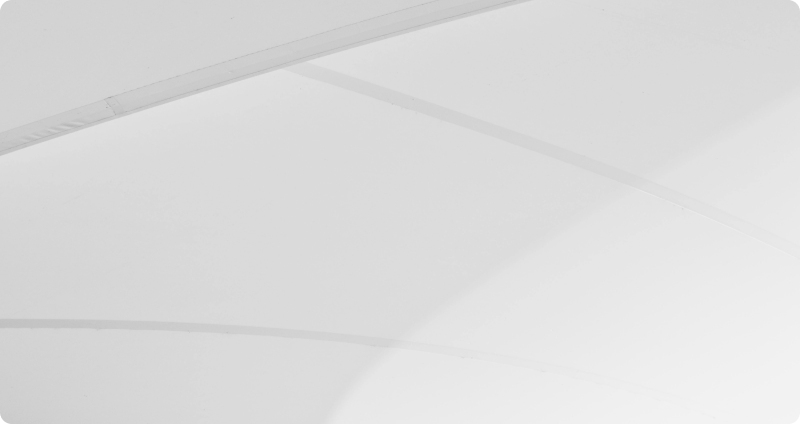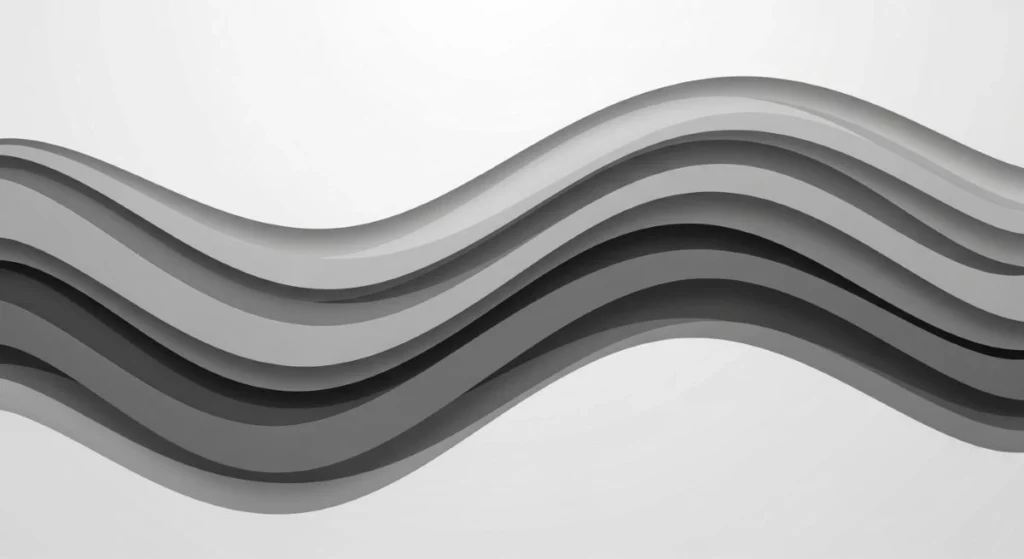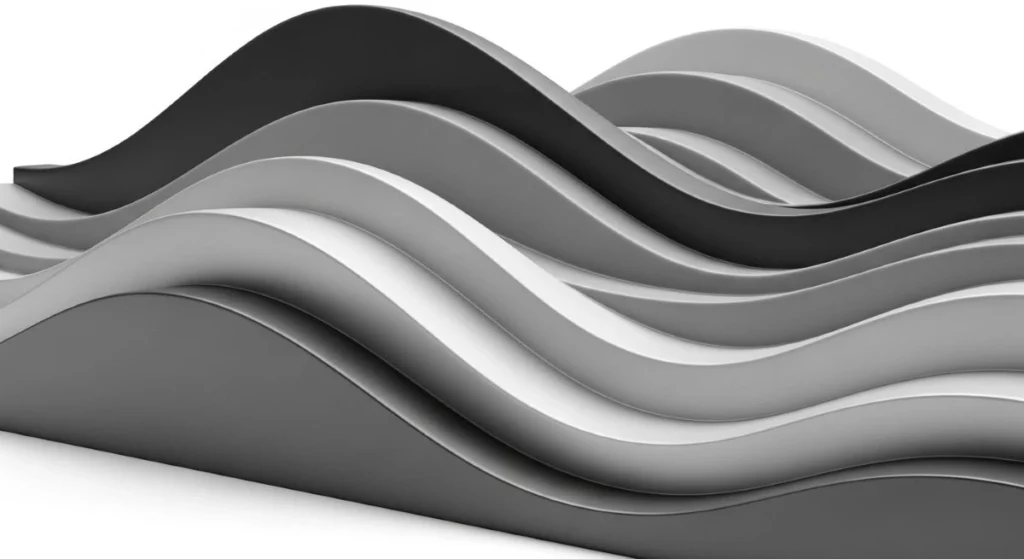
It’s all gone remote — Thank you, COVID. But it was bound to happen with or without a pandemic kicking it into overdrive. Companies were already starting to get a taste for having part of their team working off-grid from their homes, shacks, or beach chairs. Why? Simply put, the companies that are already giving it a test run are showing huge improvements in most departments. Employees were more task-oriented. Budgets were being cut in half. Office space could become optional. Staff members were showing, gasp, signs of actually liking their 9-to-5.
They were, in short, seeing a huge improvement where it mattered. The pandemic just made what some companies – the rebels – were already doing a demand, not something optional. And some jobs, for example, that really just required a computer and a working hand and mind to make magic with it, were always a bit remote — full of freelancers and mercenaries and rogues that played by their own rules. One of those remote design teams. Let’s dig into what all the fuss is about and the best tips we can, here at Uptalent, give you for crafting your own team of remote designers.
Building a remote design team isn’t just about hiring designers scattered across different time zones, getting them on the same Zoom call, and watching the magic happen. Oh no, it’s much more than that—it’s like trying to coordinate a flash mob where each participant has their own interpretation of the choreography.
And, people who work remotely most have odd social ticks and have forgotten what it is to work in a team setting. The good news? When done right, remote design teams can be powerful creative engines. Engines that bring fresh perspectives, diverse skill levels, and some truly game-changing ideas.
Today’s design landscape is global, and with digital tools, you can tap into that group of visionaries from all corners of the planet. But creating an efficient, collaborative, and happy remote design team is not easy — it’s sometimes downright Draconian. From defining roles to nurturing a vibrant team culture and putting some balm on egos, here’s how to get it done.
Before you hire your first designer, nail down exactly what you’re looking for. Sounds obvious, right? But you’d be surprised how often teams get bogged down because roles are about as clear as mud. Are you looking for a UX whiz, a branding guru, or a motion graphics ace? Each of these roles comes with different skill sets and expectations.
And the truth is that most designers – particularly those worth their salt – are a bit like Swiss Army Knives. In what sense? They’ve basically picked up a college graduate’s worth in tangential skills. They have the marketing lingo and craft down, even though their specialty is Abode. They know about the latest AI tech, even though they are mostly trained in motion graphics. What does this mean? It means that if jobs aren’t clear you’ll find yourself in a room full of specialists about everything — each certain they are preaching the truth.
Write crystal-clear job descriptions that don’t just list skills but also outline daily responsibilities, project expectations, and reporting lines. Doing this helps not only attract the right talent but also sets expectations right from the start. A study by LinkedIn found that 72% of job seekers say clear job descriptions influence their decision to apply. It’s kind of like setting ground rules for a game—everyone knows what to do, and no one’s guessing the rules.
Finding the right designers for your remote team is like searching for a needle in a haystack—except the haystack is the internet. So, much, much worse. Use design-specific platforms like Uptalent.io to zero in on creatives who not only have a killer portfolio but also have experience working remotely. Review their past projects to understand their style, and dig a little deeper to gauge their communication skills. It’s not just about design; it’s also about collaboration.
In interviews, ask about their experience working in remote teams. Do they have the discipline to manage their own schedules? Are they comfortable with asynchronous communication? The best remote designers aren’t just talented — they’re adaptable and self-motivated.
Design without a structured workflow is sort of like cooking without a recipe—it can be deliciously creative but also disastrously messy. Set up collaborative tools like Figma, Miro, and Slack to facilitate real-time collaboration. Tools like Asana or Monday.com can help manage tasks, track progress, and keep everyone aligned with project timelines.
Decide on how feedback will be given and received. Are you using comment threads on Figma, or are you setting up weekly review calls? Whatever the process, make sure it’s consistent. A clear workflow doesn’t just keep things moving; it also reduces misunderstandings, saving time (and sanity).
Communication is the crazy glue that holds remote teams together. But we’re not talking about spamming Slack channels at all hours—nobody likes that. Too much communication can also be a mess. Instead, schedule regular meetings: daily stand-ups, weekly design reviews, or monthly brainstorming sessions. Use video calls to make discussions more personal and encourage team members to give feedback openly.
And keep those calls and meet up brief — most people that work remotely will tell you: “you could have summed all that up in a 2 sentence email… Can I please have that hour of my life back?”
Oh, and don’t forget about the informal stuff. Virtual coffee breaks, team-building exercises on platforms like Donut, and the occasional meme exchange go a long way in building camaraderie. According to Buffer’s State of Remote Work, 20% of remote workers say loneliness is their biggest challenge, so finding ways to keep the team connected isn’t just nice—it’s essential.
A remote team without a clear design strategy is like waiting for a headless chicken to find its way home. Odd to see, but bloody, futile, and sooner or later, the chicken will drop dead. Set a clear design philosophy—whether it’s sleek minimalism, bold visual statements, or user-centric UX/UI. Communicate this vision to your team so everyone knows the “why” behind each project.
Align the team’s efforts by setting specific design objectives and milestones. Are you revamping a website, launching a new product line, or creating a branding overhaul? Be clear about what the endgame is and how you plan to get there.
Trust is the foundation of any successful remote team. Don’t micromanage—nobody likes that. Instead, give your designers the freedom to experiment and take ownership of their projects. Set clear performance metrics based on outcomes, not hours logged. Measure things like project turnaround time, quality of work, and client satisfaction.
Regular one-on-ones with team members can help maintain a sense of accountability without making anyone feel watched. And remember, trust is a two-way street; it has to be earned by both the manager and the team.
The design world evolves faster than a teenager’s TikTok feed. Encourage your team to keep up by offering access to online courses through platforms like Skillshare or Coursera. Promote cross-disciplinary learning—let your UX designers dabble in graphic design or give your branding experts a taste of motion graphics.
Continuous learning doesn’t just improve skills — it keeps the team engaged and hungry for more. It’s like giving them a new puzzle or toy to work with. For example, find that one team member who has an itch to scratch with videos and set him or her loose on AI video generative tools. They will give you designs that will blow your mind. Why? Because they will spend hours, even days, playing with the new toy. A survey by LinkedIn Learning found that 94% of employees would stay longer at a company that invests in their career development.
Creating a remarkable remote design team isn’t just about hiring talented individuals and letting them loose in your toyshop — it’s about building a culture of collaboration, trust, and innovation. Follow these steps, embrace digital tools, and watch your team not only meet expectations but exceed them.
Remember, the flexibility of remote work isn’t just a perk—it’s a powerful tool for assembling a diverse, creative, and highly effective design team.
About the Author
With a deep understanding of what companies need to build top-performing remote teams and fully remote departments, his journey with Uptalent has been dedicated to creating exceptional remote work solutions and helping companies thrive with top-tier remote talent.
Expertise:
Explore these related articles to dive deeper into the topic and discover more insights.

Branding Specialist vs Marketing Specialist: What’s the Difference?

Why Your Business Needs a Sales Operations Specialist for Growth

The Role of a Sales Development Representative in Modern Sales Teams